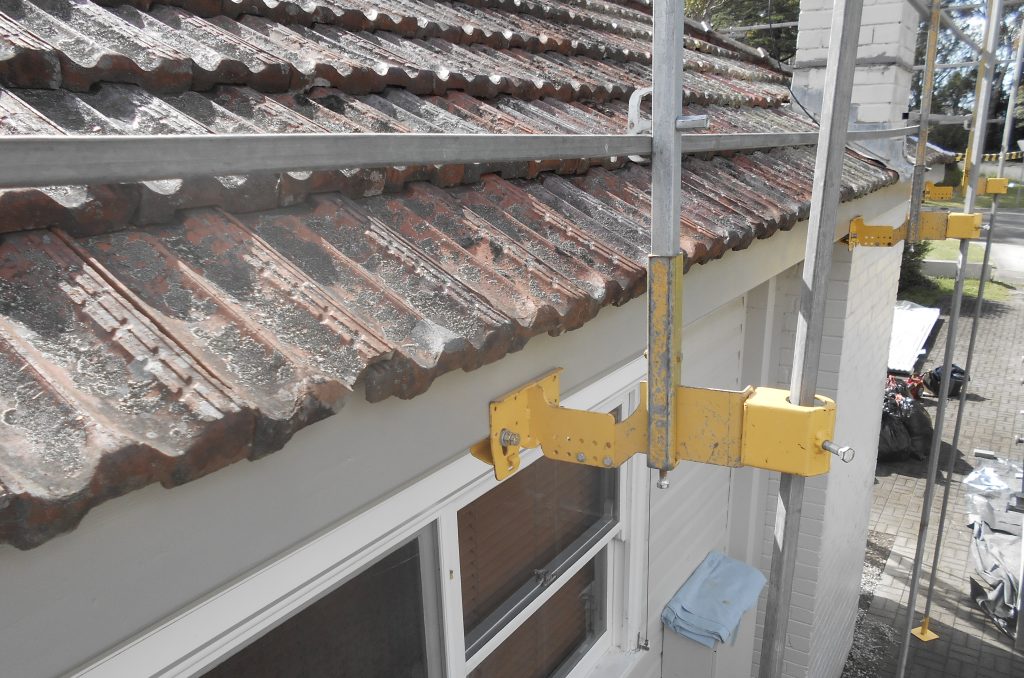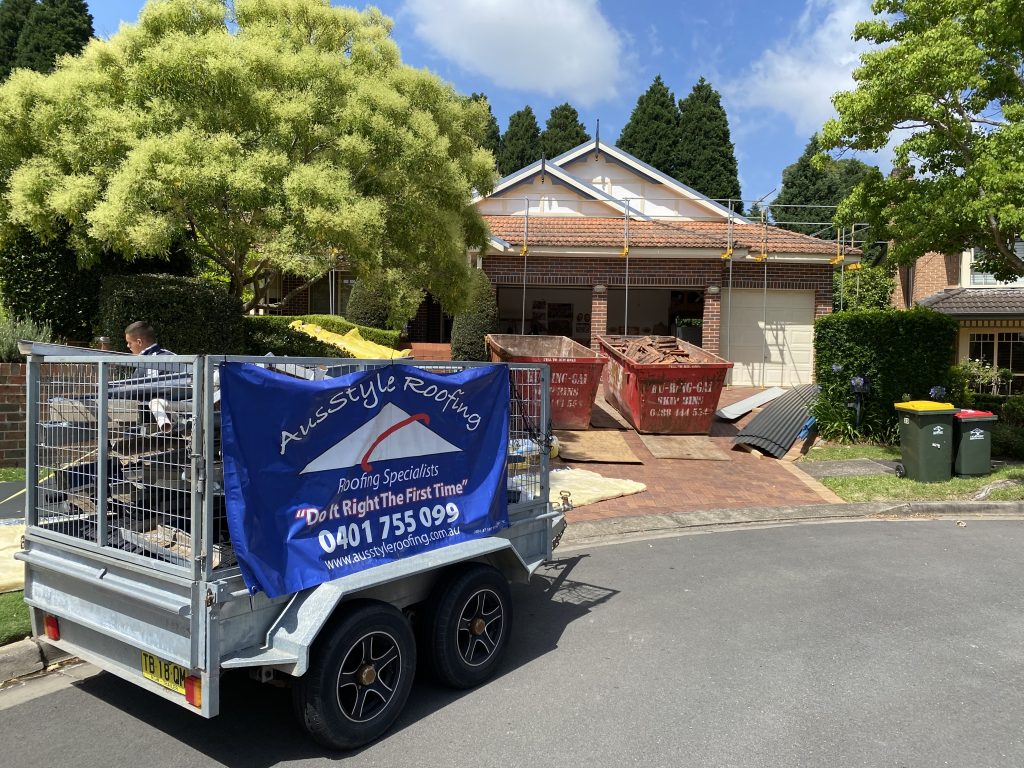Replacing your tile roof with a Colorbond metal roof
Are you looking to replace your current tile roof with a Colorbond metal roof? Or are you building a new home and deciding between a tile or metal roof? Your homes roof is a very important part of your home and represents a substantial financial investment so making the right decision for you and your home is important.
There are a number of aspects to consider when making your decision and getting the right information will help you make your decision. Both Colorbond and tile roofs have their advantages and sometimes the style and design of your home will dictate which is most suitable.
BENEFITS OF COLORBOND VS TILE ROOFS
Weight: Tile roofs are up to 10x heavier than a Colorbond roof. A Colorbond roof will put less strain on your homes structure, while still maintaining its strength. This means that installation and handling is easier and faster and the battens are spaced further apart for another cost saving.
Resilience: The sheets of corrugated metal are more resilient than concrete tiles which can be accidentally dislodged or cracked by simply walking on the roof, exposing the sub roofing to water damage and allowing a build up of dirt.
Maintenance: Colorbond roofs offer a low maintenance roofing solution with a stable surface.
Fire Resistance & Storm Protection: The ever changing Australian conditions, Colorbond can hold better against wild weather, protecting against thunderstorms, hail and strong winds better than most roofing types. Colorbond is non-combustible and is easier to seal corrugated metal sheets against flying embers and burning ash than individual concrete tiles with porous surfaces.
Water Collection: Older tile roofs absorb a certain amount of water, which not only adds to the weight of the roof but also reduces the amount of water you can collect. This may prove critical in times of severe drought. Tiles tend to crack, resulting in dirt build-up and the growth of moss and mould that can contaminate your drinking water. With a Colorbond roof the rain collected is fit for household use.
Design Flexibility: Colorbond roofing offers a flexible colour and design choice for new and existing roofs. Colorbond roofs can be installed on very low pitched and flat roofs, whereas tile roofs require a pitched roof angle to avoid leaks. Colorbond roofs can be installed on older character homes as well as new modern designed homes.
Insulation: Anticon insulation with a minimum 60mm thick foil adhered insulation blanket is installed under a Colorbond roof. This blanket provides thermal, acoustic and condensation protection. Tile roofs are commonly installed with plain foil or sometimes without anything under them.

The Process – replacing a tile roof with a Colorbond metal roof
So you have made the decision to replace your homes roof with a Colorbond metal roof, what can you expect?
1. A safety system – scaffolding, roof rail or harness system will be installed around the homes perimeter as required.

2. Skip bins will be placed in the homes driveway and other strategic points (depending on access) on plywood to protect the driveway. Tiles are thrown from the roof directly into the bins being the most time effective and cost saving way in which to remove tiles from the roof. When the tiles break on impact this creates more space in the skip bin which they would otherwise take up being whole tiles placed in the skip bin.

3. 40mm top hat metal battens are installed on the existing rafters. Tile roof battens can not be used for a metal roof. Anticon insulation is then installed followed by your new metal roof.


4. Site clean up, safety system dismantle, waste removal and disposal.
5. Final site inspection





